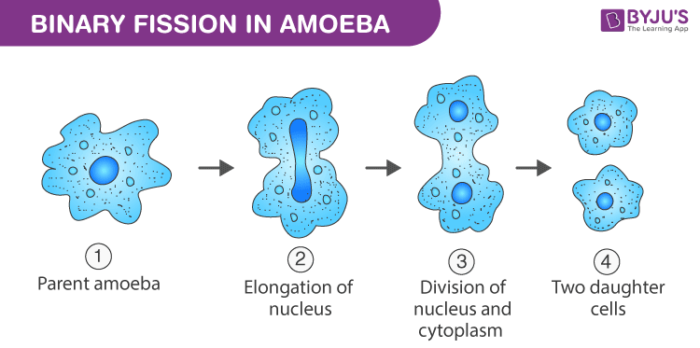
The image below shows the fragmentation in a starfish. Fungi, lichens, molds, worms, sea stars, acoel flatworms, and sponges are some of the common examples where the mode of reproduction occurs via fragmentation. For instance, man-made causes or environmental changes may cause the organism to fragment and eventually develop into complete and mature organisms that are similar to the parent.įragmentation is found in both animals and plants. The main characteristic of the process of fragmentation is that this process can occur both intentionally and unintentionally. Each of the formed fragments after going through the cycle of growth develops into a mature, fully-grown individual that is identical to its parent with respect to shape, size, and other dimensions. In fragmentation, the fragments are formed due to the splitting of various living organisms. The various bodies or parts that are formed due to such a process are referred to as fragments and exemplifies asexual reproduction. In Reproductive Biology, fragmentation refers to the process by which a living organism split into parts that later grow identical to the original organism. the organism that is made up of more than a single cell). The process of fragmentation is one of the most important mechanisms that mostly occur in a multicellular organism (i.e. The typical mode of reproduction in most of the major protistan taxa is asexual binary fission.Let us find out how fragmentation is defined in reproductive biology. Protist – Reproduction Life Cycles Cell division in protists as in plant and animal cells is not a simple process although it may superficially appear to be so. Protist – Reproduction Life Cycles | Britannica


Next the replication of DNA starts at a location on the circular chromosome called the origin of replication where the chromosome is … Before dividing the cell grows and increases its number of cellular components. The most common mechanism of cell replication in bacteria is a process called binary fission which is depicted in Figure 9.2.
#Binary fission definition science series
Despite its apparent simplicity binary fission is in fact the culmination of a complex elaborately orchestrated series of events.ĩ.1 How Microbes Grow – Microbiology | OpenStax During exponential growth cells double in mass and then divide in the middle to produce equivalently sized daughter cells. Asexual reproduction is observed in (a) cow (b …Ĭell Size Control in Bacteria – PMC – National Center for …īinary fission in B. MCQ Questions for Class 8 Science Chapter 9 Reproduction in …īinary fission is observed in (a) Hydra (b) yeast (c) Amoeba (d) human being. Binary fission differs from other forms of fission. Thereafter each of which has the potential to expand to the size of the original cell or organelle. The single living cell or organelle doubles in size before splitting into two identical daughter cells.

Centrin staining is not observed in interphase (G1) while diffuse and weak during cell division (cyt.).īinary Fission – Definition Examples Types and FAQ – Vedantuīinary fission is an asexual way to reproduce. (A) Immunofluorescence using MAb α-tubulin 12G10 (green) and TgCentrin1(red) polyclonal antibody.

If the cytokinesis takes place in any plane or axis which is never perpendicular to the plane that nucleus division the cell this is known as an irregular binary fission and it is typically observed in amoeba.įrontiers | Fussing About Fission Defining Variety Among …īinary fission by Babesia spp. The longitudinal binary fission the cytokinesis is held on the longitudinal direction of the cell. Binary fission is observed in Differences between Binary fission and multiple fission


 0 kommentar(er)
0 kommentar(er)
